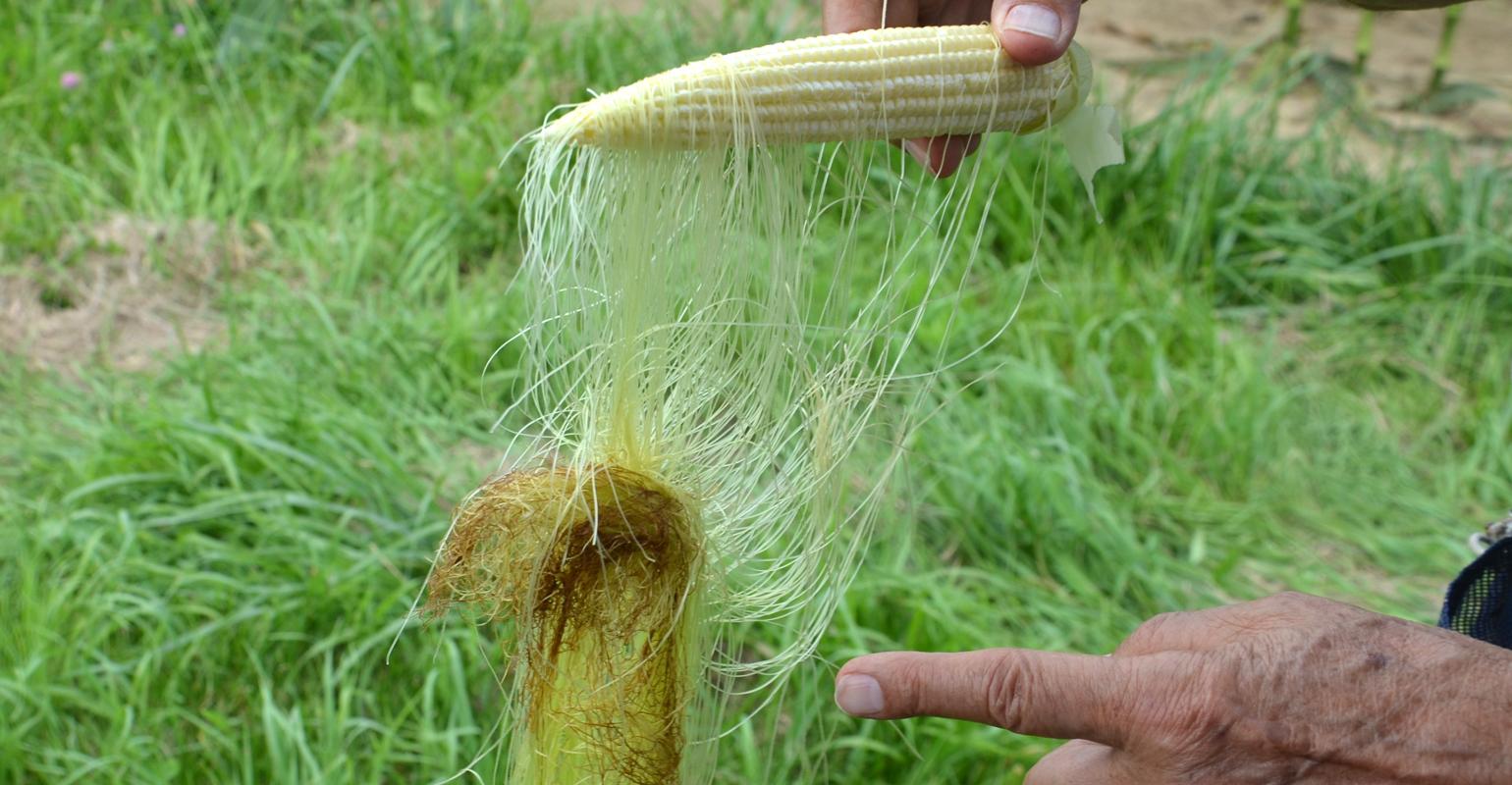Monitor silk clipping in corn closely

Corn Pest Beat: Identify the culprit and be ready to act, if necessary.
Jun 04, 2021
My corn is tasseling and silking, and I’m seeing clipped silks. Do I need to identify which insect is clipping silks? How do I know if it is worth spraying?
The Indiana certified crop adviser panel answering this question includes Betsy Bower, Ceres Solutions, Lafayette; Jamie Bultemeier, agronomist, A&L Great Lakes Lab, Fort Wayne; and Andy Like, farmer and CCA, Vincennes.
Bower: It is always good to identify which insects are clipping silks to determine the right rate of fungicide needed. Japanese beetles or corn rootworm beetles are the most common culprits. However, first determine the extent of clipping into the field, and if clipping is within one-half inch of the ear. If so, it’s preventing ideal pollination.
Is silk clipping just on end rows? Or is it farther into the field? Often there may only be feeding on end rows or in just a few spots.
How many insects per plant? Populations of five corn rootworm beetles and two Japanese beetles per plant on most ears can justify control.
Is beetle feeding impacting pollination by clipping to one-half inch? How far along is pollination? Do what Purdue University Corn Extension specialist Bob Nielson calls the “ear shake boogie.” Remove an ear that has silks clipped within one-half inch. Carefully remove all shucks one by one to reveal the ear and silks. Hold the ear from the butt end and shake gently to determine how may silks fall off. Ovules are pollinated if the silk falls off after gently shaking. Silks that remain attached are not pollinated. If less than 50% are pollinated and silks are being clipped to within one-half inch, an insecticide is warranted.
Bultemeier: Corn silk clipping can be caused by either Japanese beetles or corn rootworm beetles. Japanese beetles tend to feed on silks near field edges, while corn rootworms tend to feed in concentrated patches within the field. The main damage potential is if the silk clipping prevents kernel pollination. While silk clipping is concerning, silks continue to grow during pollination. Scout fields daily to ensure that a minimum of one-half inch of silk remains to accept pollen. Regardless of the insect, treatment is required if silks are clipped to one-half inch or less with active insect feeding before 50% of the ear is pollinated.
To check pollination, carefully remove the ear and then husk leaves from the ear. Be careful not to remove silks from the ear. Hold the ear horizontal and gently shake. Silks will fall from pollinated kernels. Corn ears pollinate from the butt to the tip unless there is insect clipping or other physical impedance to silk elongation. Beetle presence and feeding are not of concern once the ear is pollinated.
Like: Yes, you need to identify what insect is clipping silks so you can determine if the threshold level is met and what insecticide and rate to use, if needed. First you need to determine how much of the corn ear is pollinated using the shake method. For example, if Japanese beetles clip the silk within a half-inch and 50% of the ovules are not pollinated, then an application is warranted. Deciding on an application can get a bit complicated when you have multiple insects feeding on silks and multiple thresholds to consider. If this is the case, I would recommend contracting an experienced agronomist to help you with your decision.

